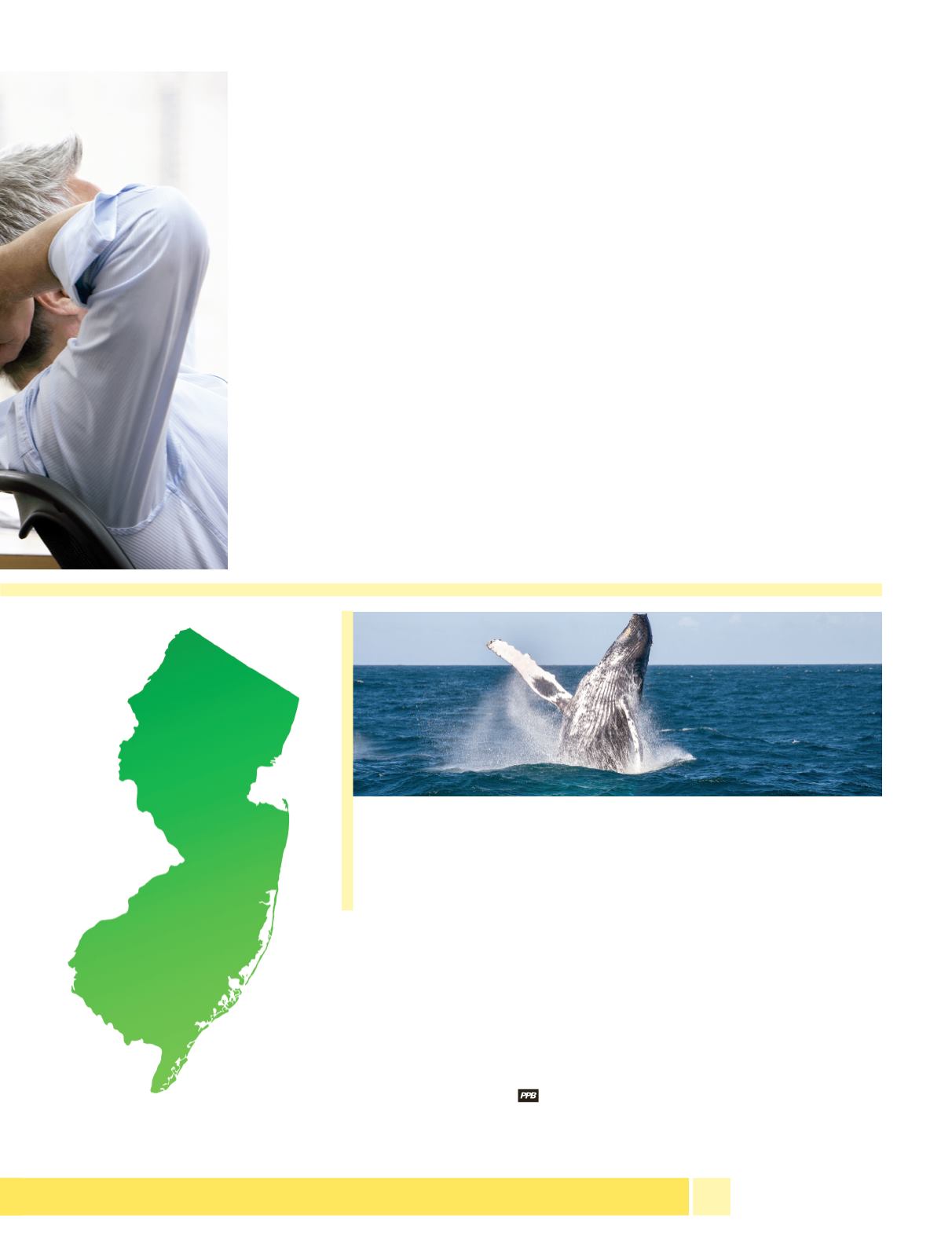

JUNE 2015 •
PPB
• 67
MILLENNIALS AREN’T THE ONLY
capable
workers out there; older employees are still a
wellspring of quality talent.
In 2002, workers age 50+ made up 24.6 per-
cent of the workforce, according to AARP. By
2012, they were 32.3 percent. And by 2022,
they are projected to represent 35.4 percent of
the total workforce.
“Just as today’s 50+ population is disrupting
aging and eroding negative stereotypes, today’s
50+ workforce is adding value by exhibiting
traits that are highly sought after in today’s
economy,” says AARP CEO Jo Ann Jenkins.
These traits include experience, knowledge,
professionalism, work ethic and low turnover,
according to AARP’s research.
AARP research disproves the idea that older
workers cost companies more than younger
workers. The organization found this isn’t true,
given that 90 percent of large employers base
pay in part on performance rather than tenure.
The study also found older workers are the
most engaged work group. Sixty-five percent of
workers age 55+ are considered engaged.
Younger employees average 58-60 percent
engagement.
“Leading employers across all industries
value the expertise and experience of workers
50+ and know that recruiting, retaining and
engaging them will improve their business
results,” Jenkins says.
How does one recruit older employees?
Consider implementing flexible work schedules,
providing options for transitioning into retire-
ment and building cultures that foster genera-
tional diversity and inclusion.
It’s A New Age In The Workplace
The Bidding Is Easy In New Jersey
Nonprofit group Choose New Jersey, Inc., ensures Garden State-based small businesses
never miss an RFP opportunity with its RFP Watch subscription service. It aggregates data from
more than 30,000 public and private sources to deliver more than 10,000 contract leads each month.
It’s available to all New Jersey-based companies.
As email “phishers” look to increase their financial rewards, CEOs and other top execu-
tives are increasingly being targeted with scams seeking access to their personal informa-
tion. In a survey by security software-maker McAfee, 96 percent of executives failed to
identify email scams 100 percent of the time. The problem, which affects business both
large and small, has grown so prevalent it’s now being referred to as “whaling.”
A WHALE OF A PROBLEM
















